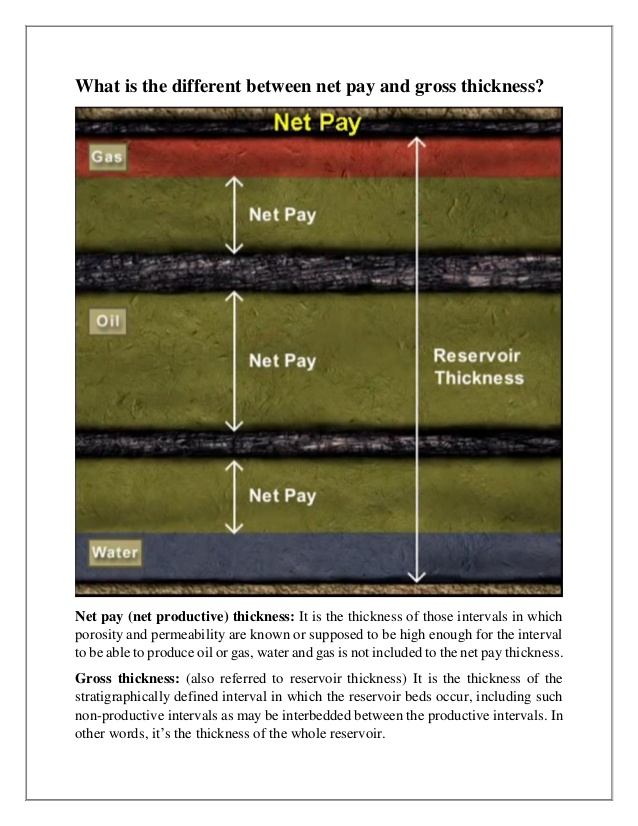What is benchmarking?

For example, comparing financial performance with benchmarks set during a boom or recession may not represent a true picture of your performance. In this guide, we explain what financial benchmarking is and how to establish financial benchmarks. This seems to be a high-growth company, with sales growth over 20.0% for 2 years in a row and relatively high margins compared to companies A to C. It seems as if this company has come out of restructuring, with a very low enterprise value (EV), accompanied by negative sales growth and non-meaningful EBIT margin in the actual year. The company conducts a search to find another organization that is considered to have mastered the scrap definition activity. Perhaps it is Corporation J that is recognized as having the best practice for this activity.
- Performance better than benchmarks attracts investment and builds stakeholder confidence.
- Companies heavily utilise responsible investment benchmarks to gauge the success of their CSR initiatives.
- Variations in accounting methods, geographical context, business models, and regulatory practices may all create disparity between the financial parameters of different companies.
- While BI tools add great value to your financial benchmarking efforts, they can be expensive and a tad difficult to use if you’re not familiar with them.
- You calculate inventory turnover as the cost of goods sold divided by the net income.
- Sign up today and we’ll do one prior month of your bookkeeping and prepare a set of financial statements for free, valued at $299.
For example, if we look at a manufacturing firm, it can utilize various benchmarks to measure its efficiency. The company can set a benchmark based on the number of products produced in a specific time slot, and measure its current raw material utilization or labour efficiency against this yardstick. Similarly, explain lifo reserve and lifo liquidation in a retail company, benchmarks can be the average sales volume per employee or average customer satisfaction score, through which its performance can be evaluated. Competitive benchmarking is usefully employed when the objective is to assess your company’s position in relation to your competitors.
Capital Rationing: How Companies Manage Limited Resources
A year end package with everything you need to file comes standard with Bench. With our Bookkeeping & Tax plan, you get expert tax prep, filing, and year-round tax advisory support. If both seem normal, you’ll need to explore other causes that could have driven down the revenue figure or driven up the COGS.
Industry insights
Lastly, benchmarking acts as a tool for promoting transparency and enhancing accountability within the organization. By having solid, comparable metrics at hand, managers can more easily justify their decisions and policies to stakeholders, including investors, employees, and board members. The management team of a business may choose to engage in benchmarking when it has no basis of comparison for determining where there are potential improvements within the entity. With real-time insights, you can make on-the-fly decisions about where to spend and where to save, helping your business stay on budget.
What is Benchmarking?
These estimates are benchmarked against the budgets of similar projects completed in the past. Benchmarking helps in checking the reasonableness of the assumptions in the model. Benchmarking plays an integral role in driving sustainability in the finance sector. It is an instrumental tool used by companies to set their sustainability targets and measure their performance against the environmental, social, and governance (ESG) criteria. These nuances further underline why it’s crucial to approach benchmarking with a solid understanding of its potential limitations in order to make sound investment decisions. Another popular benchmarking practice involves comparing a potential investment against other similar investments, or its ‘peer group’.
What is a financial dashboard and what to include?

Shaun Conrad is a Certified Public Accountant and CPA exam expert with a passion for teaching. After almost a decade of experience in public accounting, he created MyAccountingCourse.com to help people learn accounting & finance, pass the CPA exam, and start their career.
Performance better than benchmarks attracts investment and builds stakeholder confidence. If you’re looking to raise capital, especially through equity, aim to exceed benchmarks instead of matching them. For example, 1% year-on-year revenue growth might not look that freelance graphic designer invoice template bad when you see that on average the industry’s revenue dropped 2% because of a poor economic landscape.
It serves as a strategic management tool used to measure and understand the current position in a competitive context and to set performance goals and strategies. Benchmarking is also widely used to assess the profitability of a business. This is done by comparing the return on investment (ROI), profit margin, or other financial ratios of a company against its industry standards or its major competitors. By doing so, the company is able to understand its current standing in the market and identify the areas where improvement is needed to achieve higher profitability. One of the most common metrics used for benchmarking is profit margin, which is a measure of how much of each dollar in sales ends up as profit. While this figure may seem like a great benchmarking tool, small-business owners should be cautious.
These insights enable the formulation and implementation of more effective strategies aimed at improving ESG performance. Additionally, benchmarking has a profound influence on stakeholder relations. Stakeholders, especially investors, are increasingly interested in a company’s CSR performance.
